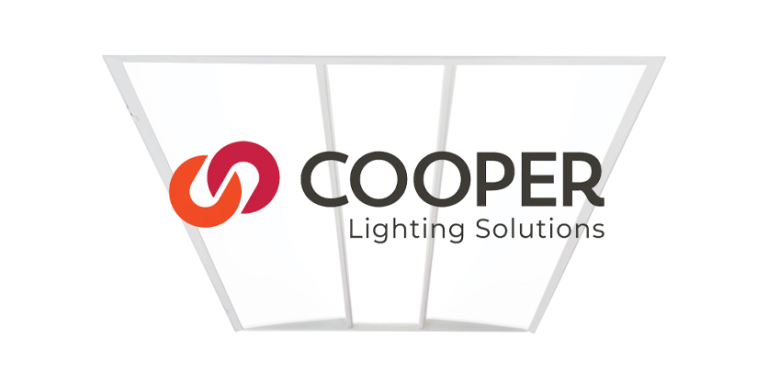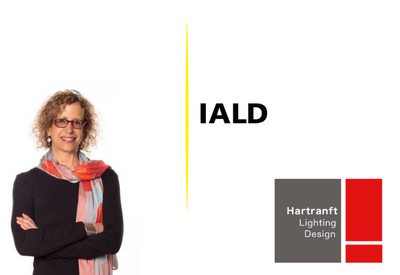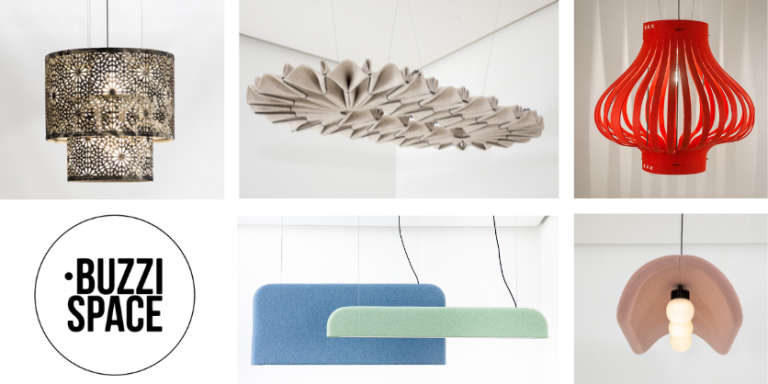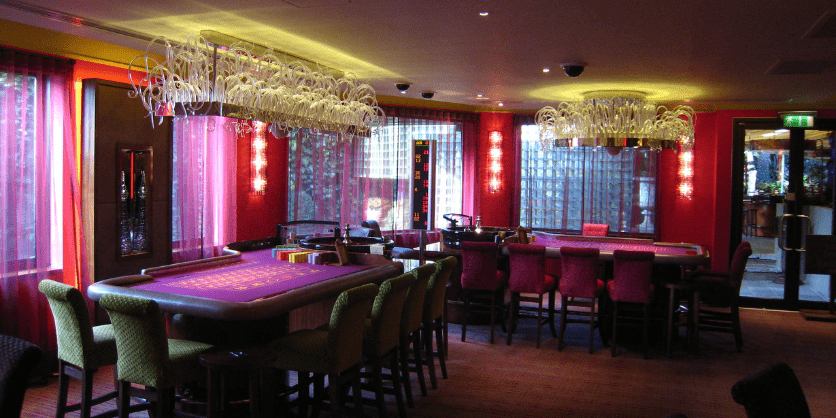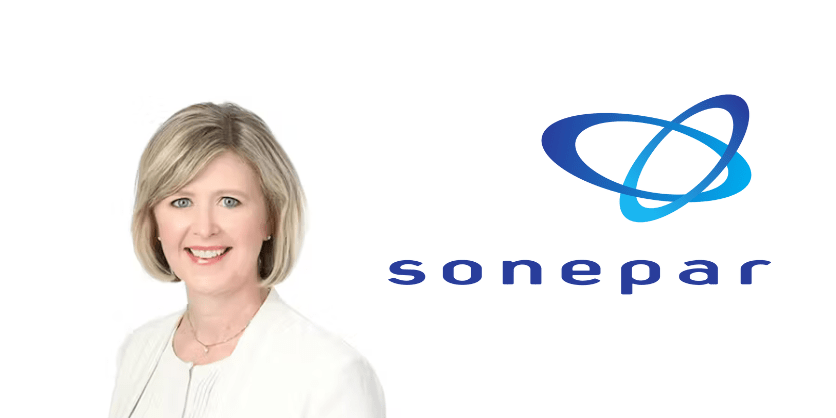How to Grow Your Lighting Market With Building Automation
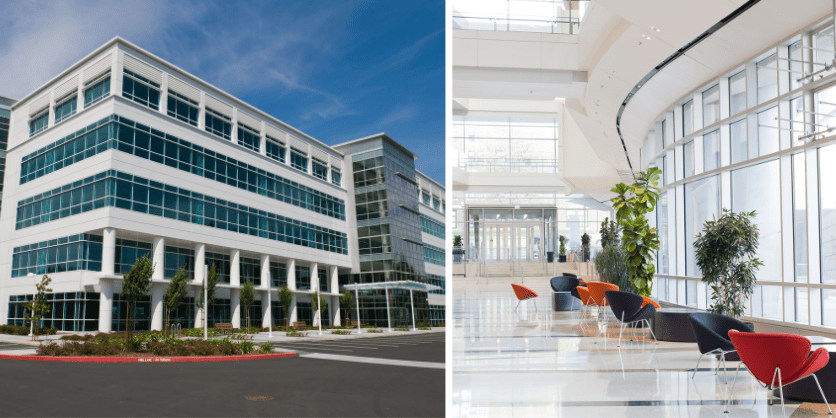
By Kevin Coleman
As 2025 unfolds, the lighting market continues to struggle with low growth and slowing volumes. While the tariff turmoil could be a boost to prices, as higher costs are partially passed on, the industry continues to contract. The torrid pace over the last several years of companies closing and merging in all stages of the value chain – manufacturers, distributors, and agents – continues. Competitors are left with a narrow set of options — continuously drive down costs to compete in a commoditizing market, or find growth in adjacent markets (and if resourced properly, do both).
Recent growth efforts include expanding into segments within existing commercial and industrial verticals such as retrofits (particularly as new office construction remains stagnant), focusing on niches such as harsh and hazardous, or specific growth segments such as data centers, manufacturing, healthcare, and education.
Beyond efforts to expand into adjacencies like horticultural lighting, the major growth area is leveraging technology and controls. Similar to the ubiquity of street lighting as a facilitator for smart cities, lighting is equally – if not more – ubiquitous inside buildings and can likewise facilitate the transition to smart buildings.
Fully leveraging the potential for cost savings and performance improvements involves integrating into building automation platforms, thereby expanding the addressable market beyond lighting, into higher value-add domains of intelligent buildings.
Some manufacturers are doing better than others. In late 2024, two companies continued efforts to differentiate themselves and grow their presence in the smart buildings market: Acuity, with its acquisition of QSC, and Amerlux, under the umbrella brand Delta Intelligent Building Technologies.
Delta Intelligent Building Technologies
The brands under Delta Intelligent Building Technologies (US), Amerlux, Delta Controls,[DG1] LOYTEC, March Networks and VIVOTECH will retain their own identities, but have a new corporate identity: Delta Intelligent Building Technologies (USA). For Amerlux, this aligns and more closely identifies Amerlux with Delta’s core mission of building automation and intelligent systems.
Amerlux will continue to focus on performance-grade luminaires and the specification market by integrating lighting and building controls into one cohesive system. This not only covers lighting and HVAC systems, but extends to other digital devices such as security cameras and systems, blinds, and sensors. At the same time, under the name Delta Intelligent Building Technologies, Amerlux will leverage partnerships with other Delta brands to develop products and services that improve efficiency and performance for the building automation market. This represents a further evolution of Amerlux and another step in leveraging the potential of Delta Controls.
Acuity
The largest lighting industry acquisition in 2024 was Acuity purchasing QSC for $1.2b in October[DG2] . QSC expands Acuity’s capabilities by integrating cloud-manageable audio, video, and control (AVC) data into the recently rebranded Acuity Intelligent Spaces Group (AIS), reflecting Acuity’s aggressive push into building automation, HVAC (with the KE2 Therm acquisition), and now AV controls. AIS is forming a comprehensive lighting, HVAC and AVC solution portfolio, which represented around 7% of Acuity revenues. With QSC, that proportion will double.
While QSC extends data channels being transmitted over the same infrastructure to audio and video (supporting a wide range of protocols from DALI to Bluetooth and wifi), it represents a more fundamental expansion into the enterprise unified communications space. The QSC acquisition has the potential to truly converge the heretofore distinct areas of lighting and audio/visual communications, giving Acuity another beachhead into the IT and telecom space.
QSC goes to market through authorized resellers and dealers of QSC audio and video products, including Full Compass, a Wisconsin-based leader in audio, video, lighting and musical instruments sales and consultations, and B&H Photo Video, one of the largest electronic retailers in the US. Both have ecommerce channels, fulfill from large warehouses, and sell to A/V professionals, contractors, and commercial markets nationwide.
QSC is squarely focused on commercial segments, as shown in the table below. This offers potential to integrate and upsell luminaires and Distech lighting controls in all of these spaces.
| Segment | Subsegments |
| Cinema | Theaters, stages, auditoriums, immersive sound |
| Office | Boardrooms, training rooms, all-hands spaces, flexible/open spaces, conference rooms |
| Education | Lecture halls, auditoriums, classrooms |
| Government | Court and legislative rooms |
| Houses of Worship | Audio and video in houses of worship |
| Sports Venues | Outdoor stadiums, indoor arenas, racetracks, aquatic centers |
| Venues and Events | Performing arts, indoor concerts, outdoor amphitheater, nightlife |
| Themed Entertainment | Museums, theme parks |
| Hospitality | Casinos, convention centers, cruise ships, hotels, restaurants |
| Transportation | Airports, railway |
Another channel which has potential for growth, but currently only offers a single QSC product, is the Fortune-500 B2B information technology value-added reseller (VAR) CDW. CDW [DG3] helps customers navigate the complexities of an increasingly digital world, addressing challenges such as AI, cloud security, and cybersecurity by offering a wide range of products and services. This is a unique entity that really does not exist in lighting on a large scale, although Acuity’s lighting agents partially fulfill VAR roles. CDW’s closest competitors are Accenture, Deloitte Consulting, SHI International, IBM Consulting, Dell, Lenovo Ingram Micro, and TD Synnex[DG4] .
QSC’s collaboration with Lenovo represents perhaps the channel with the most potential for growth. Lenovo is squarely placed in the room conferencing solutions and unified communications space[DG5] , competing against IT players such as Cisco/Webex, Logitech, and Poly, formerly Polycom, now part of HP. The Lenovo arrangement provides a seamless way to purchase and deploy a complete offering for high-impact employee spaces by bundling Lenovo room compute solutions with Q-SYS audio, video, and control (Q-SYS UC Compute Bundle for Microsoft Teams Rooms) to provide a highly scalable and seamless user experience.
These represent new channels for Acuity, channels that are focused on broader IT and telecom customers and could expand cross-selling opportunities between QSC and lighting.
Much of QSC’s revenue is subscription and cloud-based offering higher gross margins and could become a model for Distech and advanced Acuity IOT services. This is a roadmap for lighting and has been a largely unfulfilled vision where lighting would capture data to manage building/energy management and provide a platform to offer marketing services such as discounts/promos and coupons.
Managed services are in their infancy in lighting and controls and have not gained much traction to date. The challenge is that as lighting companies grow presence in building automation management, they will be entering spaces against more experienced players such as Honeywell, Siemens, and JCI who have more experience, deeper C-suite relationships and well-developed products and processes.
In a managed service arrangement, meeting customer needs (defined in SLAs or service level agreements) is critical for success and customers no longer just want services to cut CAPEX — they have expectations for measurable business outcomes and clear ROI. According to the Technology and Services Industry Association, 57.5% of managed service providers are still in the early stages of building a customer success program[DG6] , and only 7.5% have a mature, highly effective strategy.
To stay competitive, MSPs must embrace AI, prioritize customer success, and shift to value-driven pricing, which has been a challenge for many electronics, lighting, and controls companies. Managed services are an opportunity and manufacturers who successfully adapt and develop service solutions will set the benchmark for success and become leaders.
The twin events of late 2024 offer a glimpse into a potential future and expand beyond slow growth lighting markets.
Observations / Thoughts for Electrical Distributors and Reps / Agents
Some things you may want to consider:
Distributors
• Broaden your portfolio to include controls, if not already
• Explore expansion into the audio-visual controls category to differentiate
• Consider taking on the QSC audio and visual portfolio
Agents / Reps
• Encourage manufacturers to offer enhanced training in controls and building automation
• Identify specific opportunities where building automation can add value
• Consider expanding your skill set and obtain training and certifications in unified communications and audio visual technologies
• Include AVC companies in your line cards
Kevin Coleman collaborates with Channel Marketing Group and is a member of the company’s Executive-in-Residence program. Kevin is a market research expert with significant experience in the lighting sector. Previously he was Director of Market Intelligence for Signify (formerly Philips Lighting.) He can be



